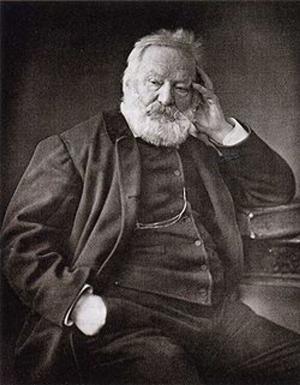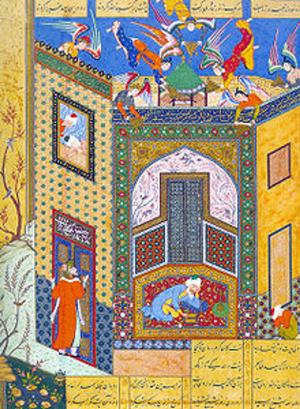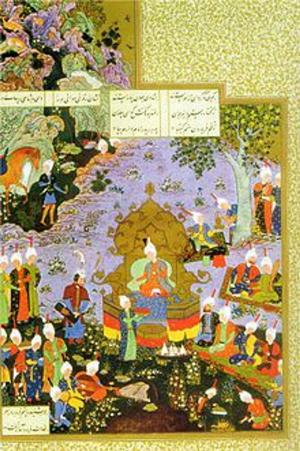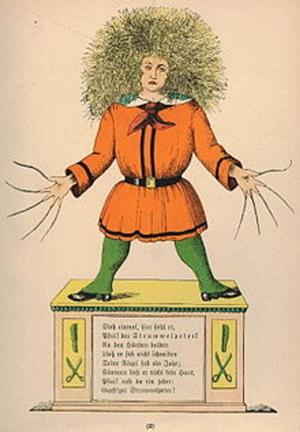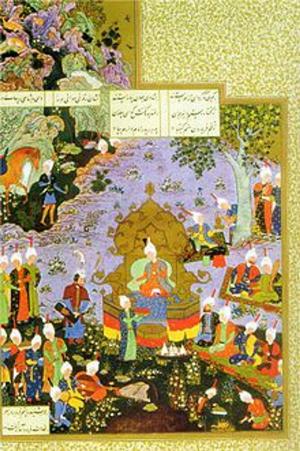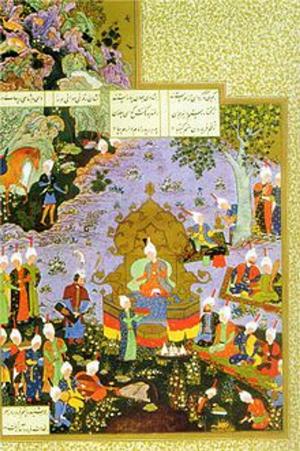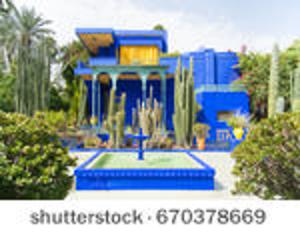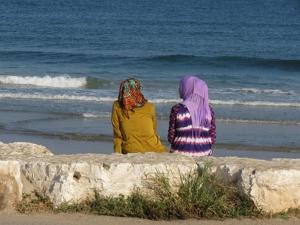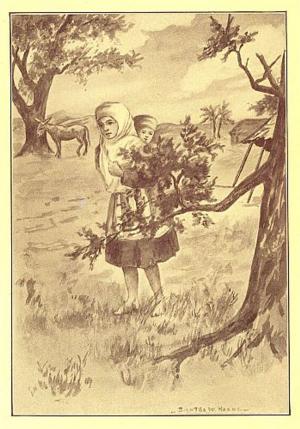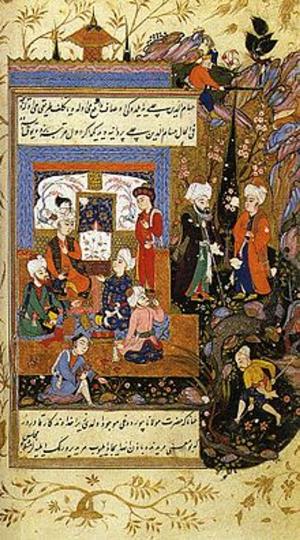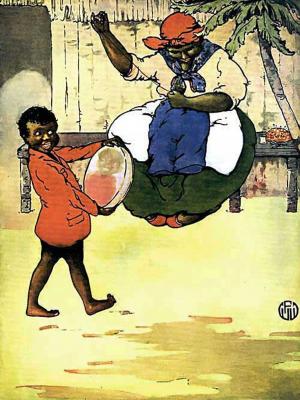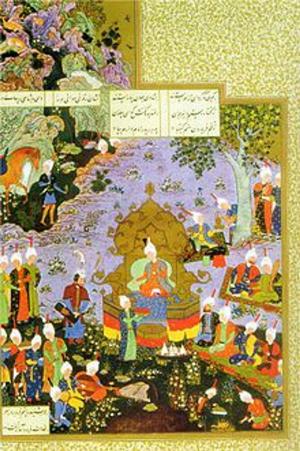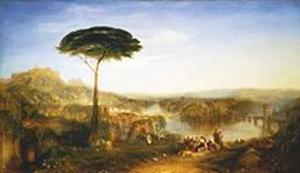| Author: | E. Dixon | ISBN: | 1230002500928 |
| Publisher: | Ismael Ghanizadeh | Publication: | August 25, 2018 |
| Imprint: | Language: | English |
| Author: | E. Dixon |
| ISBN: | 1230002500928 |
| Publisher: | Ismael Ghanizadeh |
| Publication: | August 25, 2018 |
| Imprint: | |
| Language: | English |
One Thousand and One Nights (Arabic: أَلْف لَيْلَة وَلَيْلَة, translit. ʾAlf layla wa-layla) is a collection of Middle Eastern folk tales compiled in Arabic during the Islamic Golden Age. It is often known in English as the Arabian Nights, from the first English-language edition (c. 1706 – c. 1721), which rendered the title as The Arabian Nights' Entertainment.
The work was collected over many centuries by various authors, translators, and scholars across West, Central, and South Asia and North Africa. The tales themselves trace their roots back to ancient and medieval Arabic, Greek, Indian, Jewish, Persian and Turkish folklore and literature. In particular, many tales were originally folk stories from the Abbasid era, while others, especially the frame story, are most probably drawn from the Pahlavi Persian work Hezār Afsān (Persian: هزار افسان, lit. A Thousand Tales), which in turn relied partly on Indian elements.
Wikipedia
One Thousand and One Nights (Arabic: أَلْف لَيْلَة وَلَيْلَة, translit. ʾAlf layla wa-layla) is a collection of Middle Eastern folk tales compiled in Arabic during the Islamic Golden Age. It is often known in English as the Arabian Nights, from the first English-language edition (c. 1706 – c. 1721), which rendered the title as The Arabian Nights' Entertainment.
The work was collected over many centuries by various authors, translators, and scholars across West, Central, and South Asia and North Africa. The tales themselves trace their roots back to ancient and medieval Arabic, Greek, Indian, Jewish, Persian and Turkish folklore and literature. In particular, many tales were originally folk stories from the Abbasid era, while others, especially the frame story, are most probably drawn from the Pahlavi Persian work Hezār Afsān (Persian: هزار افسان, lit. A Thousand Tales), which in turn relied partly on Indian elements.
Wikipedia

